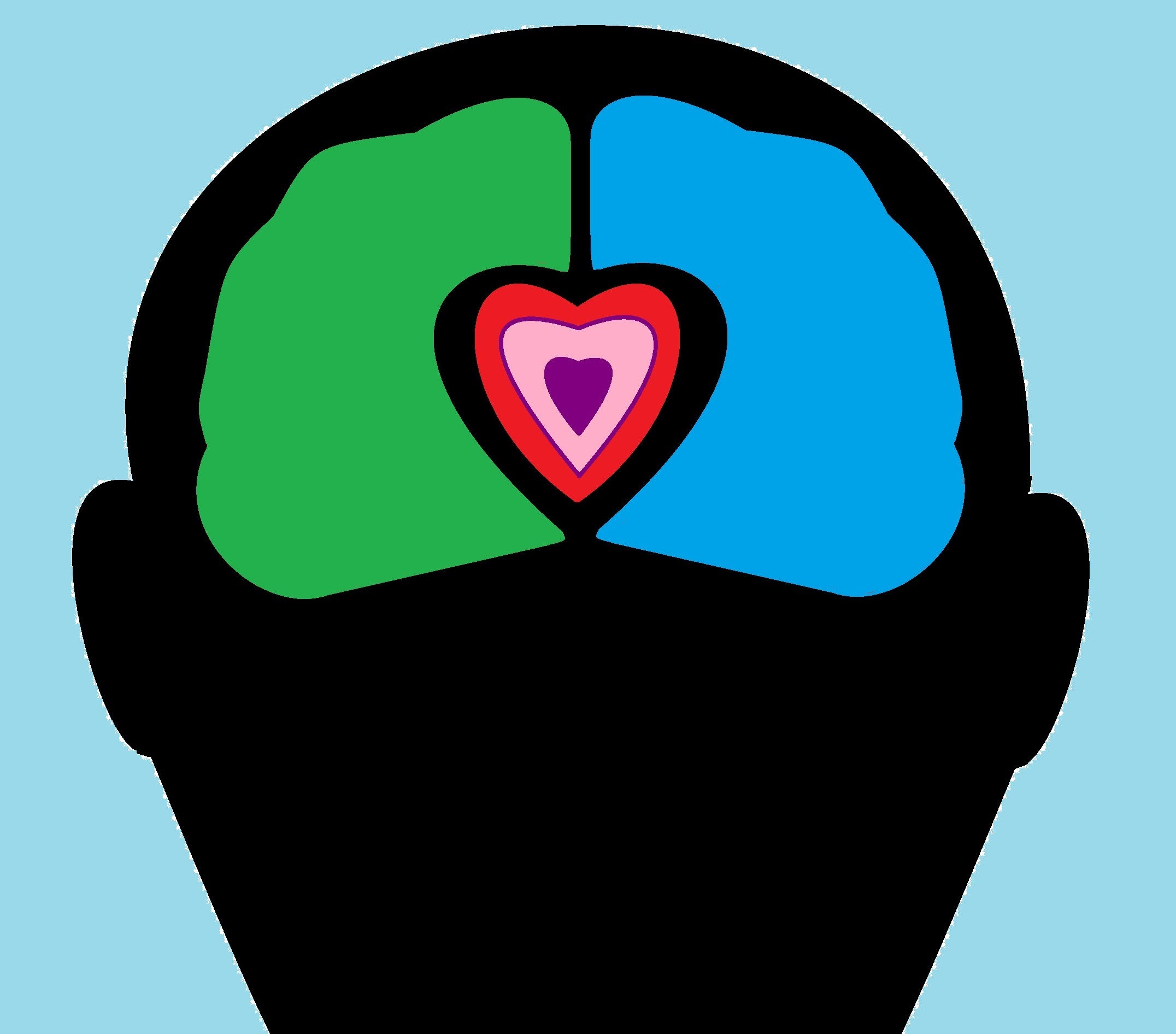Which is the real motivation in a person’s choice to use a dating app: boosting self-esteem, finding love, or just simply boredom? The neuroscience and the psychology of dating apps can be explained in the area of the brain known as the “striatum”.
The 17th century French mathematician, Blaise Pascal, said: “All of humanity’s problems stem from man’s inability to sit quietly in a room alone.” This is still applicable today, especially with regards to dating.
“Almost half the participants in a study on boredom would rather undergo a self-administered negative stimulus such as an electric shock to the ankle rather than be left to their own thoughts.”
In 2014, a psychology review published by the University of Virginia found that almost half the participants in a study on boredom would rather undergo a self-administered negative stimulus such as an electric shock to the ankle rather than be left with their own thoughts. Could our use of social media be a response to our aversion of introspection? For all its advantages, social media is viewed as too much of a good thing, at least with regards to our brain’s reward circuitry, and this is especially true of dating apps.
A 2004 paper published in the Journal of Neuroscience measured people’s dopamine activity in response to positive stimuli, which in this case was money. There were two groups, both doing a task that had a 25% chance of earning them $1. One group received the stimuli at regular, predictable times, which is every fourth attempt at the task. However, the second group were not given this regular pattern. Despite the fact that the frequency and magnitude of the stimulus was the same for both groups, the second group with the variable rate of stimuli administration had an increase in dopaminergic transmission in the caudate nucleus, as well as decreased neurotransmission in other areas of the caudate and putamen.
This can be attributed to the fact that although dopamine is involved in the reward system, dopamine transmission is not the reward itself. Dopamine, to simplify it, is a neurotransmitter of attention. In the case of the first group, after the pattern is recognised, the need to pay attention reduces and so do levels of dopamine transmission, even though dopamine is still released in response to the stimulus. The process has become automated.
This variation in stimuli is essentially what makes social media and dating apps addictive. If you got a notification worth checking once every four times you looked at a social media app, you would probably reduce your usage by about 75%. Or if you got a match every four swipes, you’d ignore the first three profiles you saw in each cycle.
Obviously, it’s more complicated than that. Most people don’t just swipe to the right consistently and take note of the frequency of matches – it would be worrisome if they did. There is a minimal level of engagement required by an individual using such an app.
Studies have shown that the nucleus accumbens of the brain (NAc) has increased activity when we look at someone we deem to be attractive. This is another area within the striatum which is involved in motivation, aversion, and reward.
An article released in Neuron in 2009 stated that the activity of this region of the brain can be modulated by the rostral cingulate cortex (RCC). The RCC is an area involved in error processing and has also been postulated as the seat of self-confidence. Interestingly, if an individual is active in the NAc in response to a face they deem attractive, but are then told that the individual that is causing this activity has a poor rating of attractiveness from the general public, then the RCC is activated, reducing the pleasure caused by the activity of the NAc. It could then be said that beauty is in the gyri of the beholder.
“Of the 72% of those who took the poll saying they use Tinder, less than 5% said that they were looking for a relationship.”
So are these dating apps the pinnacle of the sexual revolution that began in the sixties, or are they the final act in the destruction of human relationships? Unfortunately, one thing was confirmed by a survey of almost 10,000 American college students released this August: most Tinder users are not looking for love. Of the 72% of those who took the poll saying they use Tinder, less than 5% said that they were looking for a relationship. Over 70% of the users will never meet up with anyone on it and almost 45% of users say they use the app as a confidence boosting form of procrastination. It sounds like we are confusing the menu for the meal: swapping the reality of a relationship for the idea of someone matching with us to save on being vulnerable.






